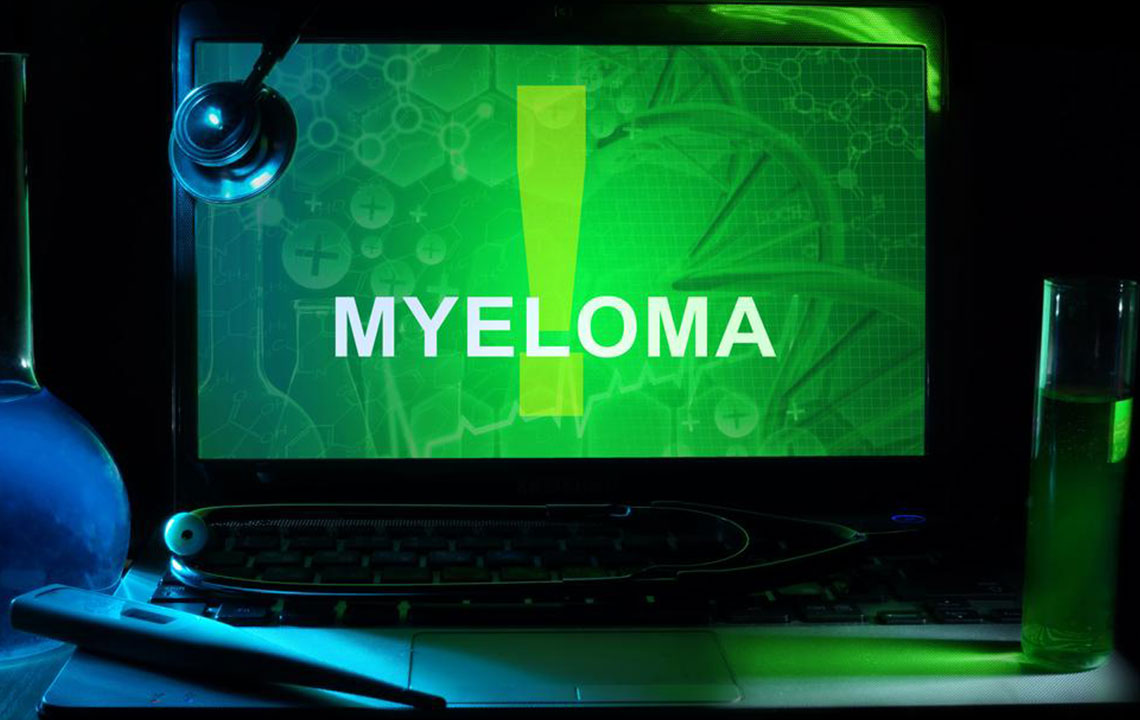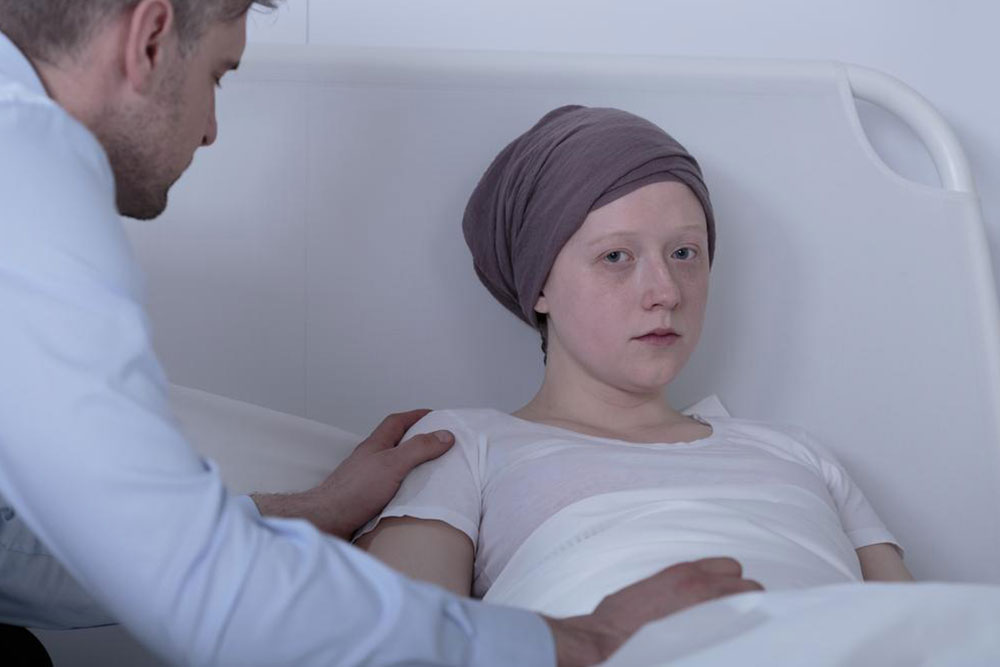Comprehensive Guide to Managing Recurring Multiple Myeloma: Treatment Options and Strategies
Managing recurrent multiple myeloma involves a variety of treatment strategies tailored to individual patient needs. These include targeted medications, high-dose therapy with stem cell transplantation, and ongoing maintenance therapy. Consulting specialists and exploring personalized treatment plans are crucial to controlling disease progression and improving quality of life. This comprehensive guide offers valuable insights into the latest management options for relapsed multiple myeloma, helping patients navigate their healthcare journey effectively.

Comprehensive Guide to Managing Recurring Multiple Myeloma: Treatment Options and Strategies
Multiple myeloma is a complex and progressive blood cancer that primarily affects plasma cells in the bone marrow. One of the challenging aspects of this disease is its tendency to relapse even after successful initial treatment. Given that, as of now, there is no definitive cure for multiple myeloma, understanding how to manage its recurrence is crucial for patients and healthcare providers alike. Proper management of relapsed multiple myeloma can significantly impact quality of life and overall prognosis, making it essential to explore all available treatment options and develop personalized care plans.
When multiple myeloma returns post-treatment, it’s important for patients to work closely with their healthcare team to determine the best course of action. This often involves re-evaluating previous treatments, performing new diagnostic assessments, and considering advanced therapies. In some cases, consulting specialists with expertise in hematologic malignancies and seeking a second opinion can provide valuable insights and alternative approaches, especially if initial therapies were ineffective.
Understanding the array of treatment strategies for relapsed multiple myeloma can empower patients and caregivers to make informed decisions about their care. The management approach depends on various factors, including the patient’s overall health, the extent of disease progression, prior treatment responses, and the presence of specific genetic markers. The following are the most common and effective treatment options for managing recurrent multiple myeloma.
Targeted Medications: The cornerstone of relapsed multiple myeloma treatment often involves targeted therapies. These include immunomodulatory drugs (IMiDs) such as lenalidomide and pomalidomide, which modulate the immune response to attack myeloma cells more effectively. Proteasome inhibitors like bortezomib, carfilzomib, and ixazomib disrupt protein degradation pathways within cancer cells, leading to their death. Chemotherapy agents, although less common today, are also used in certain cases, especially combined with other drugs. Steroids like dexamethasone remain a vital component, helping to reduce inflammation and tumor burden. Combining these drugs in various regimens can enhance treatment efficacy against relapsed disease.
High-Dose Therapy and Stem Cell Transplantation: For eligible patients, high-dose chemotherapy followed by autologous stem cell transplant offers a potent way to reduce tumor burden significantly. The process involves administering high doses of chemotherapeutic agents to kill myeloma cells, which also affects the bone marrow’s normal blood cell production. To mitigate this, patients’ own stem cells are harvested beforehand and reintroduced after chemotherapy to restore healthy blood cell production. Stem cell transplant can lead to prolonged remission and improve survival rates, especially when performed early in the disease course or after other therapies.
Maintenance Therapy: Even after achieving remission, ongoing maintenance therapy is vital to sustain disease control and prevent early relapse. This involves continuous low-dose medication, often using immunomodulatory drugs like lenalidomide or proteasome inhibitors. Maintenance therapy helps suppress residual malignant plasma cells by maintaining immune surveillance and preventing their proliferation. Regular monitoring during maintenance therapy allows adjusting treatment plans as needed to optimize outcomes. The goal of maintenance is to prolong progression-free survival and enhance overall survival rates.
Relapse in multiple myeloma is common due to the disease's inherent biological nature. The treatment options outlined—targeted drugs, high-dose therapy combined with stem cell transplant, and maintenance strategies—are designed to manage disease progression effectively, improve quality of life, and extend survival. It’s essential for patients to collaborate closely with their healthcare providers to determine the most suitable and personalized treatment plan, considering their individual health status, treatment history, and disease characteristics. Multidisciplinary approaches and new emerging therapies continue to enhance outcomes for patients battling relapsed multiple myeloma, providing hope for better management and improved prognosis.





